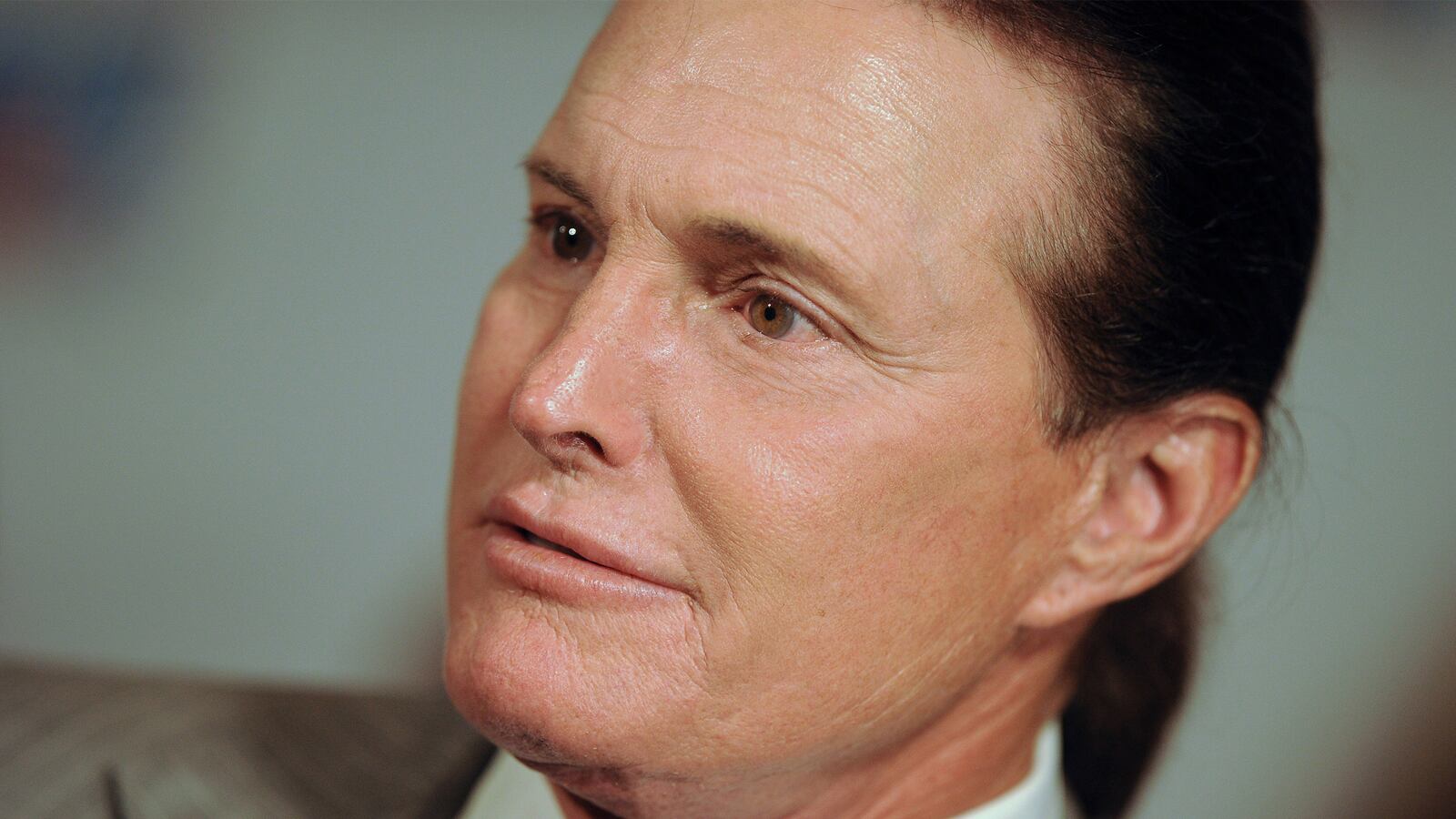Back on Valentine’s Day, I wrote an article for The Daily Beast in which I provided a brief summary of facial feminization surgery. In short, facial feminization surgery (or FFS) is a collection of surgical procedures that help change a masculine appearing face to a feminine face; the process that Bruce Jenner is currently going through. This is very helpful for transgender women who desire to be recognized as women in their day-to-day interactions with strangers and can provide a great degree of comfort and confidence to these individuals.
FFS is also a powerful way to make any woman’s face more attractive. Masculine features are seen as unattractive in a woman’s face, so knowing what to look for and how to change those masculine features, wherever they are in the face or neck, enables my patients to achieve extraordinary results and facial transformations. Some of my patients have chronicled their remarkable results with videos on YouTube—with one video in particular having been watched nearly three and a half million times as I write this. The point is that people are curious about these procedures.
However, how successful are they? In other words, can everyone look exactly the way they want after FFS?
The answer is that everyone will look more feminine, but not everyone can achieve a perfect result. The reason for this has to do with a number of things including the person’s expectations, what they look like when they come to me for the first time, and the position of some important organs that I can’t change.
Overall, though, these procedures are very effective. How do we know? And, how do we measure the effectiveness of an operation to make you look different? One way is to look at the quality of life of those individuals who have had the procedures compared with those who don’t and the general population.
In 2010, I published a study in the journal Quality of Life Research. A research assistant and I looked at 247 transgender women to measure their quality of life. In studies like these, quality of life is measured using specially designed and tested surveys that have been shown to accurately detect quality of life from the standpoint of mental or physical health. We found that transgender women who never had surgery had a significantly lower mental health quality of life (in other words, they were more stressed, less confident, and less happy) than non-transgender women as a group. We also found that transgender women who have had facial feminization surgery have a quality of life that is statistically equal to all women (not just transgender women).
We found that transgender women who had facial feminization surgery (FFS) had equal confidence in social situations as any other women, and much higher than transgender women who had not had surgery.
A study like this provides strong evidence that the procedures we do as part of FFS have a significant impact and are objectively effective at achieving the ultimate goal of facial plastic surgery: helping a person to feel confident and pleased with their appearance.
What about complications of surgery? Every surgical procedure has some risks to it and some of the procedures involved in FFS are very complex.
For example, one of the most important and powerful procedures I offer is changing the shape of the forehead. Attractive women have less of a forehead protuberance; that is, there is less bone projecting forward in the area of the eyebrows than in most men. This bony ridge and the position of the eyebrows convey a lot of information, including both gender and familiarity. By familiarity I mean that the eyebrows are an important way that we recognize our friends from strangers. It’s been shown that shaving off or masking the eyebrows greatly reduces our ability to identify familiar faces. However, increasing the arch of the eyebrow and sometimes making it higher feminizes this area, and thus improves a person’s appearance.
In an operation I developed to reshape the forehead and reposition the eyebrows, the bone of the skull around the eyes is actually removed, reshaped, and then replaced in a more attractive and feminine fashion. At the same time, I lift and arch the eyebrows, open the eye sockets to make the eyes look larger, and advance the hairline. When advancing the hairline I can move the hair forward sometimes up to two inches—which is very helpful to eliminate the look of a “high forehead” or masculine hairline.
Clearly, it seems like a procedure this complex should have significant complications associated with it. However, it turns out that the complication rate for this operation is lower than that of tonsil removal.
Many people have an opinion on how successful Bruce Jenner’s surgeries have been. Like you, I only know what I read in the magazines and online about what he may have had done (note: Bruce Jenner has requested to be addressed with male pronouns at the current time). However, there are clearly more things that could be done to achieve a feminine appearance for Bruce.
When I evaluate a person for femininity I look at the bone structure (e.g. the shape of the forehead, the size and width of the jaw, the shape of the cheeks), the eyebrow position, the hairline position and length of the forehead, the skin quality, the length of the lip (how long is the distance between the bottom of the nose and the red part of the upper lip), the fullness of the lips, and the size of the Adam’s apple. However, it’s also important to look young, so I determine if there is a role for a facelift, necklift, or eyelifts.
When I look at Bruce Jenner, I can see that some of these areas have been adjusted and some have not. Some of the areas where he likely had surgery could possibly be revised and improved. However, there are certain things that can limit how far we can go with surgery and I simply cannot state without an in-person evaluation whether or not there’s room for improvement. Oftentimes there is, but not always.






